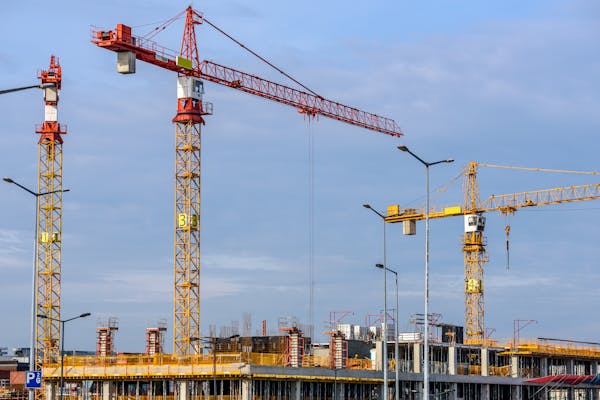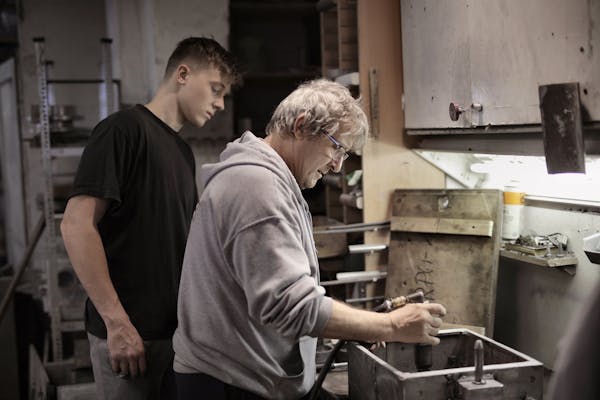Safety Pays: How BIM Can Reduce Accidents in the Construction Sites
You may already know, from as early as the 1980s, construction has been the industry with the most number of workplace fatalities. In July 2019, HSE releases the annual UK workplace fatality report of the year 2018/19, which revealed 147 workers died as a result of a workplace injury between April 2018 and March 2019. And among these 147 deaths, safety gaps in the Construction Industry is responsible for losing 30 lives; shocking isn’t it?
Although the report also indicates that there has been a sharp reduction in the fatality numbers since 1981, we believe it can be reduced further; fatality can easily be avoided! How you ask? Obviously by avoiding ‘The Fatal Four’ causes of deaths at construction sites.
Injuries and death also put a dent in the construction company budget. The estimated costs of fatal and nonfatal workplace injuries were a whopping £15.0bn in 2017/18. One thing is clear from these stats that the construction industry in the UK is struggling to ensure construction site safety! And the construction industry is seeing whopping figures in both injury frequencies and cost. The good news is Building information Modelling can provide a promising solution to all construction worries, including construction risks!
BIM, the Trump Card!
Building Information Modelling technology improves the quality of building planning, design and construction methods. Detecting clashes between building trades and solving those in the design stage itself is making the construction site safer. Relying on structural BIM services, architectural BIM services make it easier to identify possible collisions and mitigate those clashes before the construction begins. Through the use of sensing technology work-site fatality and injuries relating to being struck by moving construction vehicles can be reduced significantly.
Pre-fabrication and off-site fabrication: The Model-driven approach is making it possible for general constructions to rely more on pre-fabrication of building components off-site in a controlled factory environment.
Scenario Planning: Structural BIM Services enable us to construct a building component virtually before the construction begins, which makes it possible for the general contractor to explore several what-if scenarios and avoid evident risks later on while working on the construction site. On a BIM model contractors can look at different sequencing options, hoisting alternatives, site logistics and obviously can get an idea about the cost associated with all these! A BIM model can rightly guide contractors to predict hazards.
Visual Communication: Building Information Modelling enables all stakeholders to visualise how every different building component is best constructed while ensuring maximum safety! Visual communication is also great to train workers about the safety procedure.
Few Examples of Different Construction Companies Utilizing Building Information Modelling to Ensure Site Safety
Let’s look into the findings of Dodge Data & Analytics SmartMarket Report:
• 37% over a third of contractors and owners have stated more than a 5% reduction in reportable incidents.
• More than 21 % of the respondent who did more than half their work with BIM said they experienced high or very high effect on safety.
Another study has revealed likewise results,
• 24% of MEP contractors have said that BIM has improved safety during installation of different MEP components
• 27% of architects and GC have reported seeing improved overall safety as a result of implementing BIM services.
According to this article, big companies are also depending on BIM to ensure construction site safety,
• Lend Lease uses safety models to sequence safety and show the process of integrating models in the workflow.
• Skanska has reported founding BIM to be an effective way to eliminate risks to the welders. Skanska has used BIM models to detail concrete and steel structures so well that the team can cast the embeds and the attached beams four levels up without anyone needed to go up the elevator shaft to weld it.
• Turner Construction uses BIM as a tool four automated safety logistics cheques to prevent incidents from happening. The company uses a 3D BIM model to run through every construction and installation detail before crews arrive at the site.
Parting Words
Various studies have already suggested that construction industry is saturated with traditional injury prevention strategies and still we are losing so many fellow construction workers at the job site. BIM can reduce risk associated with construction work. Don’t just take our word for it; various research show that BIM improves construction job safety. Many construction companies are relying on Architectural BIM Services, Structural BIM Services for safety planning and training! So before you are left far behind, it’s better for you to start using BIM services!








